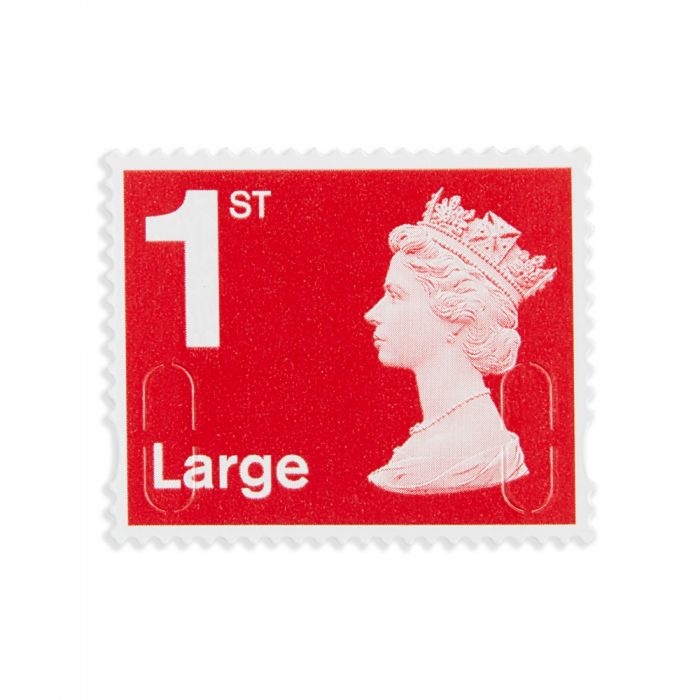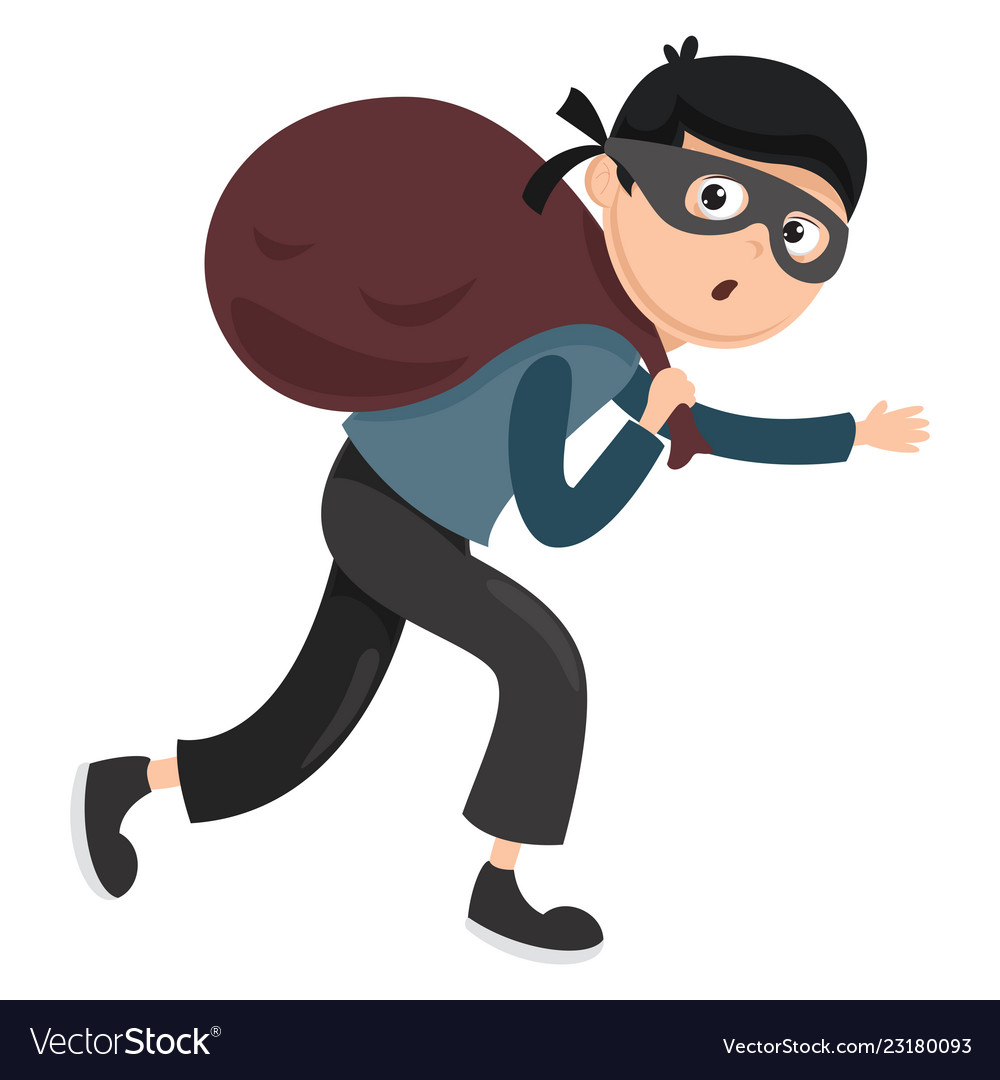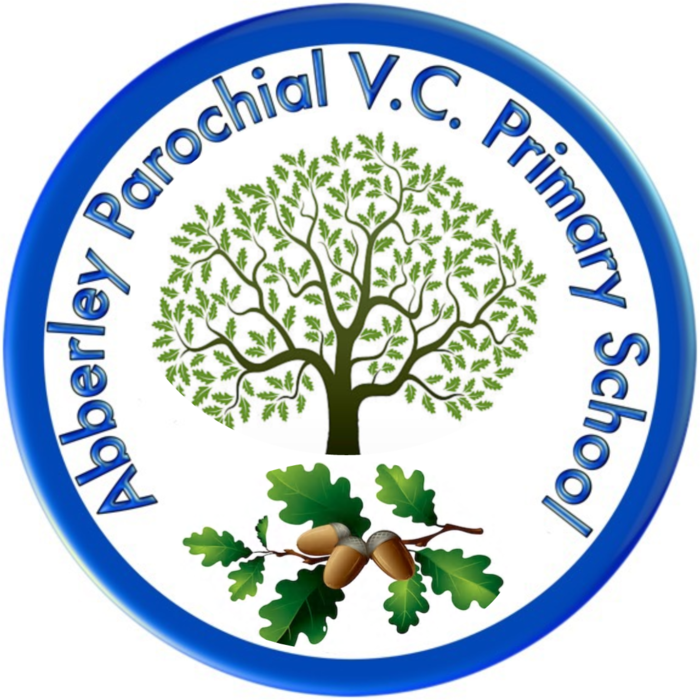Wednesday 10th June
Hello Wrens
Mickey Thompson and Purvis have been working out to Joe Wicks for their daily fitness activities today.

Please see below for today's learning.
Phonics.
Reception.
Let's warm up with some Jolly phonics songs. Click the link below -
Over the last couple of days we have been making sure we hear all the sounds when reading and writing words. Sometimes we have to say two or three of the sounds really quickly in a word so they blend together. We call these our consonant blends, for example
b and l become bl in blue
s, t and r become str in straw
m and p become mp in lamp
Over the next few weeks we will be looking at some of these consonant blends more closely.
Today's sound is st. Can you see what Mickey Thomas and Purvis have found?

Segmenting for spelling.
How many words can you think of that start with the st sound? Maybe you can think of some that end with the sound.
Can you write a list?
Use the pictures below to help you.




![REMOTE INSTRUCTION [Updated April 30]: Resources for Teaching ...](https://glcateachlearn.org/wp-content/uploads/2020/03/Fast.png)
Blending for reading.
Have a go at reading the st spotter story below. You will be able to do this without printing it off the computer. How many st words did you spot?
Extra challenge - what could happen next in the story? Can you say or write a sentence using some st words?
Year 1.
Warm up.
Click on the link below and choose any of the 5b comics for the alternative pronunications we have already learnt (a,e,i,o,u,ow or ea)
Today we are going to looking at the grapheme ie which can be pronounced igh in pie
or ee in field.

Blending for reading.
Log onto Phonics play and select Phase 5 Acorn adventures. Select ie and play.
Segmenting for spelling.
Using the pictures below see if you can write some silly sentences using the ie sound.



Maths.
Reception.
We are now moving onto a new topic addition.
We will need to find a pot of something small you can hold in your hand, for example dried pasta or buttons.
Grab a handful in each hand. Can you count carefully to see how many you have altogether?
When we put two amounts together we call it addition or adding. Can you remember what the symbol for adding is?
That's right a +.
Have a go at the grab and count activity again. This time can you write a number sentence to show what you have done?

Look Mickey Thompson and Purvis have shown you how. The = at the end is called the equals sign and tells us where to put the answer.
Have a few more goes at the activity until you feel confident writing your number sentences.
Challenge - before you do your counting look at the objects you have grabbed. Can you guess (estimate) what the answer might be? Do you think it might be more or less than 10?
Have a go at the activity sheet below to practise adding some more groups of objects.
Parents - there are a number of sheets but please choose your favourite to complete. The number sentences are included but you can challenge your child to write the number sentence. Alternatively you can give your child the number sentence and see if they can make it with objects.
Year 1.
Today we are looking at finding a quarter of a number. Rather than sharing the number into 2 groups as we did when we found a half we are now sharing it into 4 groups. Please see the video below.
Have a go at the activity sheet below. There are also some challenge cards to try.
Topic.
Yesterday we found what the hospitals were like 200 years ago when Florence Nightingale was alive. This time in history was called the Victorian period as the Queen of England was Queen Victoria.
Click below to access the BBC Bitesize page to find out a bit more about Queen Victoria.
Although there were lots of new inventions in Victorian times life was often difficult, particularly if you were poor. There was no electricity, computers, phones, cars or planes because they hadn't been invented yet! If you came from a poor family the children often didn't go to school but had to go to work instead. Click on the link below to find out some of the jobs children used to do in Victorian times.
Children's jobs in Victorian Times
Would you like to go to work like they did in Victorian times or would you rather come to school?
In your home learning books I would like you to draw a picture of a child working in Victorian times and a picture of you at school. Can you write a sentence (Reception) or sentences (Year 1) to label each picture?
Have fun!
Mrs Lightfoot (Purvis and Mickey Thompson)
